The Active Adult Community Market is currently characterized by a dynamic competitive landscape, driven by demographic shifts, increasing demand for age-restricted housing, and a growing emphasis on lifestyle-oriented living. Major players such as Del Webb (US), Lennar (US), and PulteGroup (US) are strategically positioned to capitalize on these trends. Del Webb (US) focuses on innovation in community design, emphasizing amenities that cater to active lifestyles, while Lennar (US) has been expanding its footprint through strategic acquisitions and partnerships, enhancing its market presence. PulteGroup (US) is also notable for its commitment to sustainability and energy-efficient building practices, which resonate with the environmentally conscious segment of the market. Collectively, these strategies not only enhance their competitive positioning but also shape the overall market dynamics by setting higher standards for community living.
In terms of business tactics, companies are increasingly localizing their operations to better meet regional demands and preferences. This localization, coupled with supply chain optimization, allows for more agile responses to market changes. The competitive structure of the Active Adult Community Market appears moderately fragmented, with several key players exerting influence while also facing competition from smaller, niche developers. This fragmentation fosters innovation as companies strive to differentiate themselves through unique offerings and community experiences.
In August 2025, Del Webb (US) announced the launch of a new community in Florida, designed specifically for active adults, featuring state-of-the-art wellness facilities and recreational amenities. This strategic move underscores Del Webb's commitment to enhancing the quality of life for its residents, aligning with the growing trend of health and wellness in community living. The introduction of such facilities is likely to attract a demographic that prioritizes an active lifestyle, thereby strengthening Del Webb's market position.
In September 2025, Lennar (US) unveiled a partnership with a technology firm to integrate smart home features into its new active adult communities. This initiative reflects a broader trend towards digital transformation within the housing sector, aiming to enhance the living experience through technology. By incorporating smart home technology, Lennar not only appeals to tech-savvy buyers but also positions itself as a forward-thinking leader in the market, potentially increasing its competitive edge.
In October 2025, PulteGroup (US) launched a sustainability initiative aimed at reducing the carbon footprint of its active adult communities. This initiative includes the use of renewable energy sources and sustainable building materials. Such actions are increasingly important as consumers become more environmentally conscious, and PulteGroup's proactive approach may enhance its reputation and attract a growing segment of eco-aware buyers.
As of October 2025, the Active Adult Community Market is witnessing significant trends such as digitalization, sustainability, and the integration of artificial intelligence in community planning and management. Strategic alliances are becoming more prevalent, as companies recognize the value of collaboration in enhancing their offerings. Looking ahead, competitive differentiation is likely to evolve, with a shift from traditional price-based competition towards innovation, technology integration, and supply chain reliability. This evolution suggests that companies that prioritize these aspects will be better positioned to thrive in an increasingly competitive landscape.


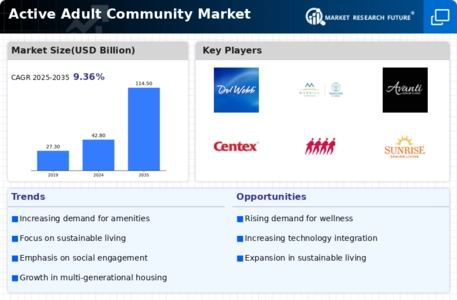


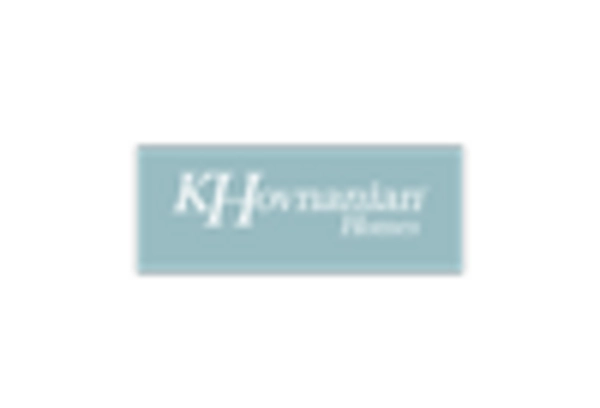
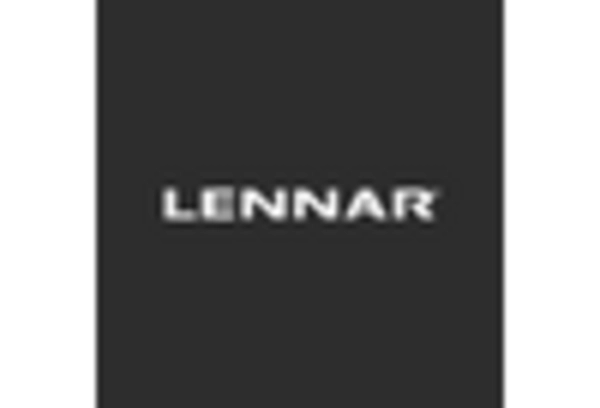
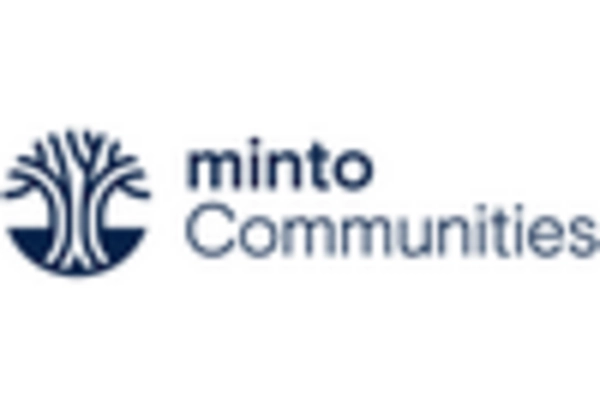
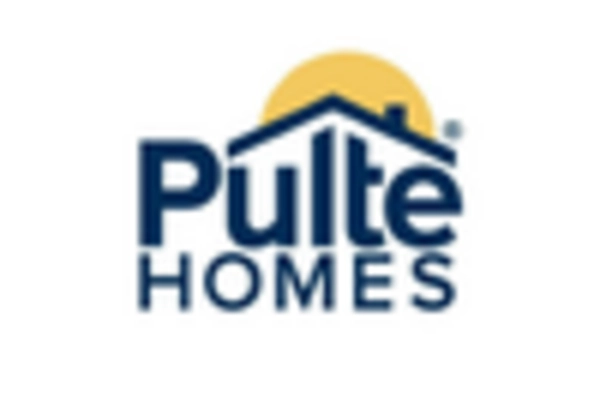









Leave a Comment